In a groundbreaking discovery that challenges our understanding of life’s resilience, scientists have unearthed a thriving microbial community 13 feet beneath the surface of the Atacama Desert in northern Chile. Known as the world’s driest hot desert, the Atacama’s harsh conditions have long been considered inhospitable to life. However, this recent finding proves that even in the most extreme environments, life finds a way to persist and adapt.
The research team, led by Dirk Wagner, employed innovative extraction techniques to reveal this hidden biosphere in the Yungay Valley. Their discovery not only pushes the boundaries of known microbial habitats on Earth but also ignites speculation about the potential for life on other planets, particularly Mars. As we delve into the details of this remarkable find, we uncover a story of microbial tenacity and the endless possibilities of life in the universe.
The Atacama Desert: Earth’s Driest Hot Desert and Its Unique Characteristics
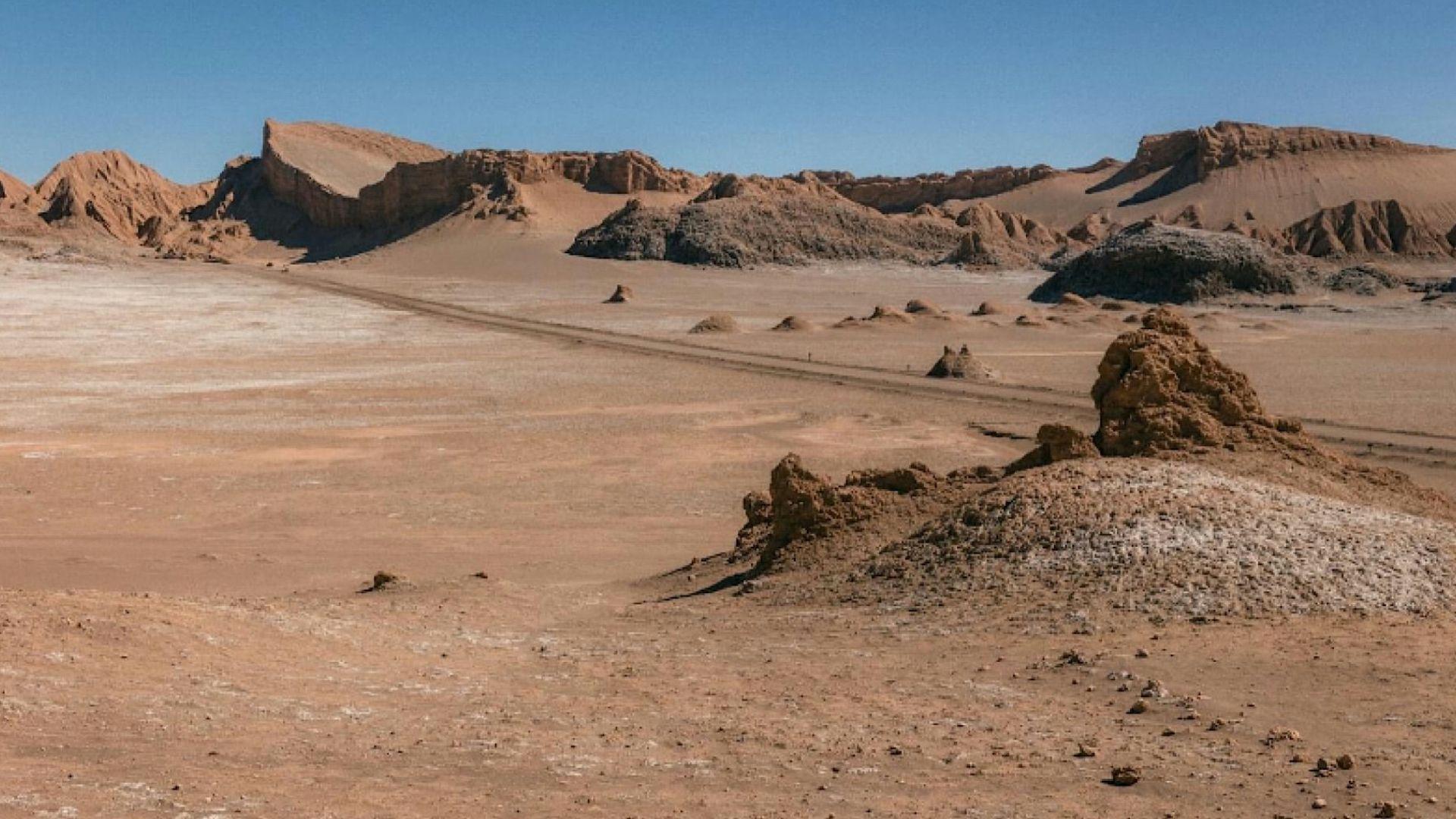
The Atacama Desert, stretching across northern Chile, holds the title of Earth’s driest hot desert. With its scorching temperatures and minimal precipitation, this harsh landscape receives less than 1 mm of rainfall annually in some areas. The extreme aridity creates a seemingly inhospitable environment where traditional forms of life struggle to survive.
Despite its barren appearance, the Atacama Desert boasts unique geological features and mineral-rich soils. These characteristics, combined with intense solar radiation and dramatic temperature fluctuations, make it an ideal natural laboratory for studying life in extreme conditions. Scientists often compare the Atacama’s terrain to that of Mars, making it a valuable site for astrobiological research.
Microbial Life in Extreme Environments: Previous Discoveries and Limitations
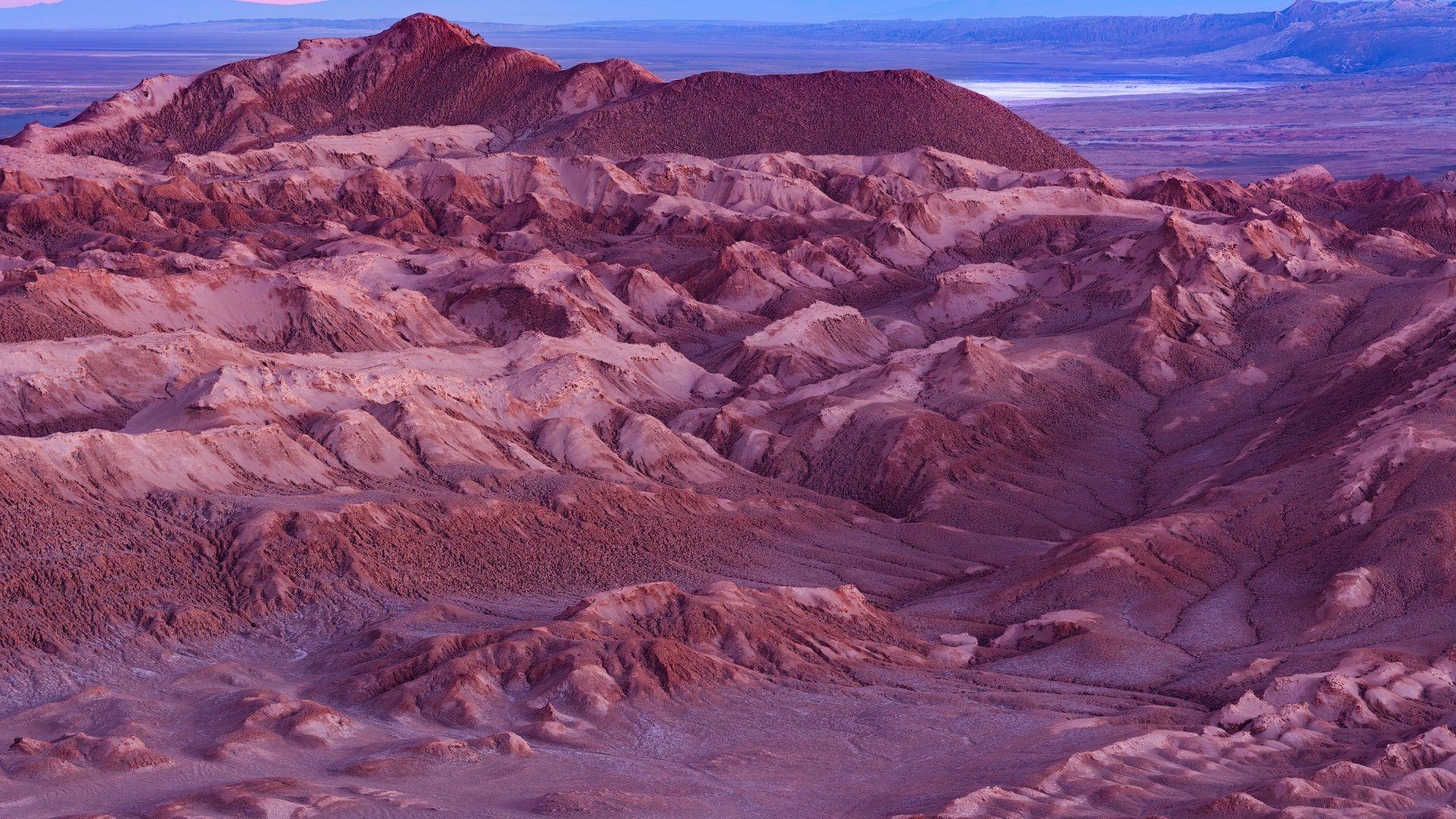
Prior to this groundbreaking discovery, researchers had documented microbial life in the Atacama Desert to depths of approximately 2.6 feet (80 centimeters). These upper soil layers were thought to provide some protection from harsh UV radiation and potentially harbor trace amounts of water, allowing certain microorganisms to survive in this unforgiving environment.
However, the limitations of previous studies left scientists wondering about the potential for life at greater depths. The challenge of extracting and analyzing DNA from deeper soil layers, coupled with the assumption that conditions would become increasingly hostile to life, had previously restricted our understanding of the desert’s microbial ecology. This new discovery pushes the boundaries of what we thought possible for life in extreme environments.
The Yungay Valley: A Closer Look at the Site of the Deep Biosphere Discovery
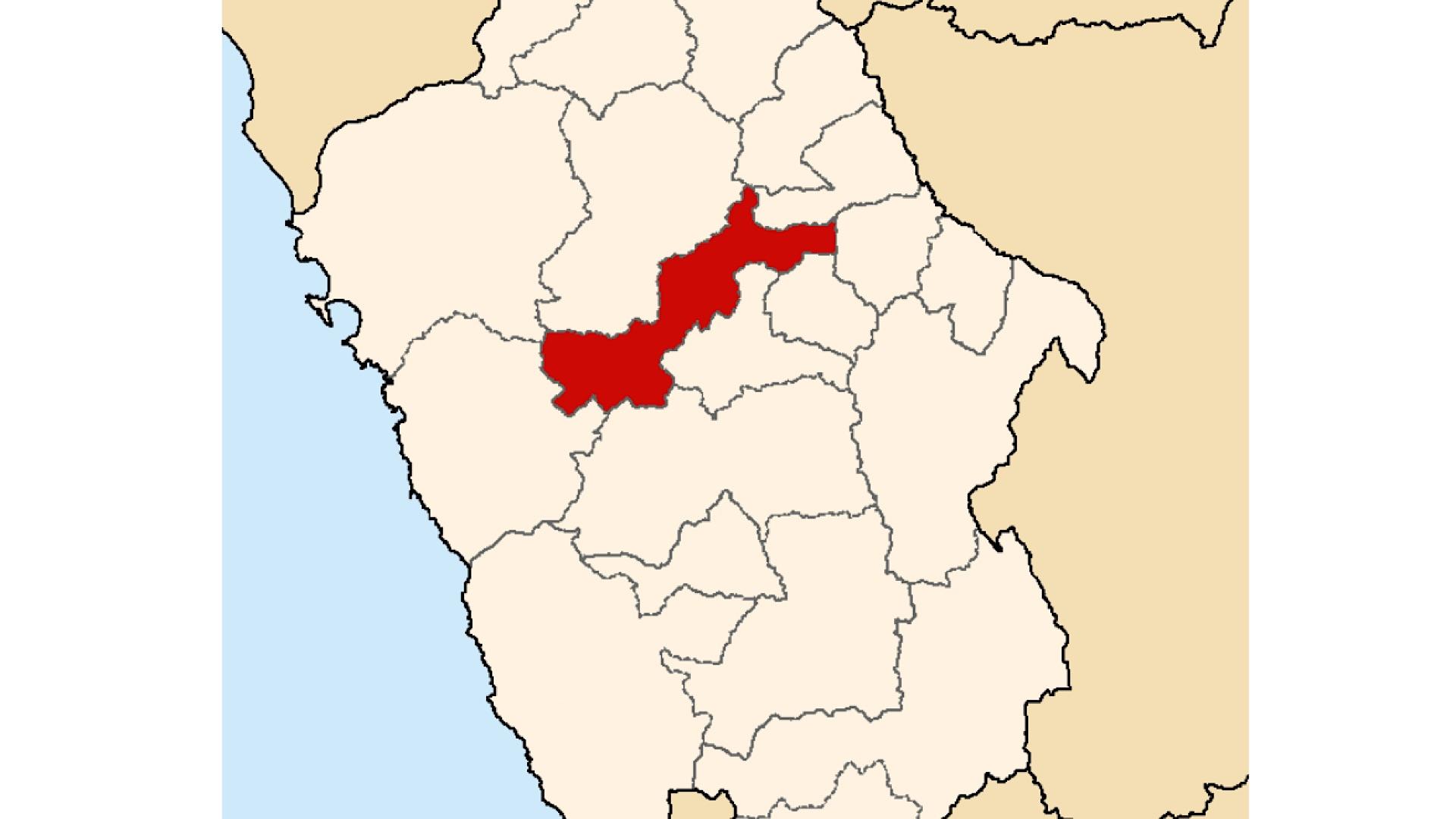
The Yungay Valley, located within the Atacama Desert, is renowned for its extreme aridity and has long been a focal point for researchers studying life in harsh conditions. This particular area is characterized by its salty, sulfate-rich soil, which creates a unique chemical environment that can support specialized microbial communities.
It was in this valley that researchers made their groundbreaking discovery of microbial life at depths of up to 13 feet. The Yungay Valley’s distinctive geological features, including mineral deposits like gypsum, play a crucial role in supporting this hidden biosphere. The valley’s extreme conditions make it an ideal site for studying the limits of life on Earth and potentially on other planets.
Novel Extraction Techniques: How Researchers Ensured DNA Came from Living Organisms

To uncover the hidden biosphere beneath the Atacama Desert, researchers employed innovative extraction procedures. These methods were specifically designed to ensure that the DNA recovered came from living organisms rather than preserved genetic material from long-dead microbes. This distinction is crucial in understanding the current microbial ecology of the deep desert soil.
The novel techniques likely involved careful sampling protocols to prevent contamination and specialized DNA extraction methods optimized for low-biomass environments. By using these advanced procedures, the research team was able to confidently identify active microbial communities at unprecedented depths, providing a more accurate picture of life in this extreme environment.
Firmicutes and Actinobacteria: The Dominant Microbes of the Deep Atacama Biosphere
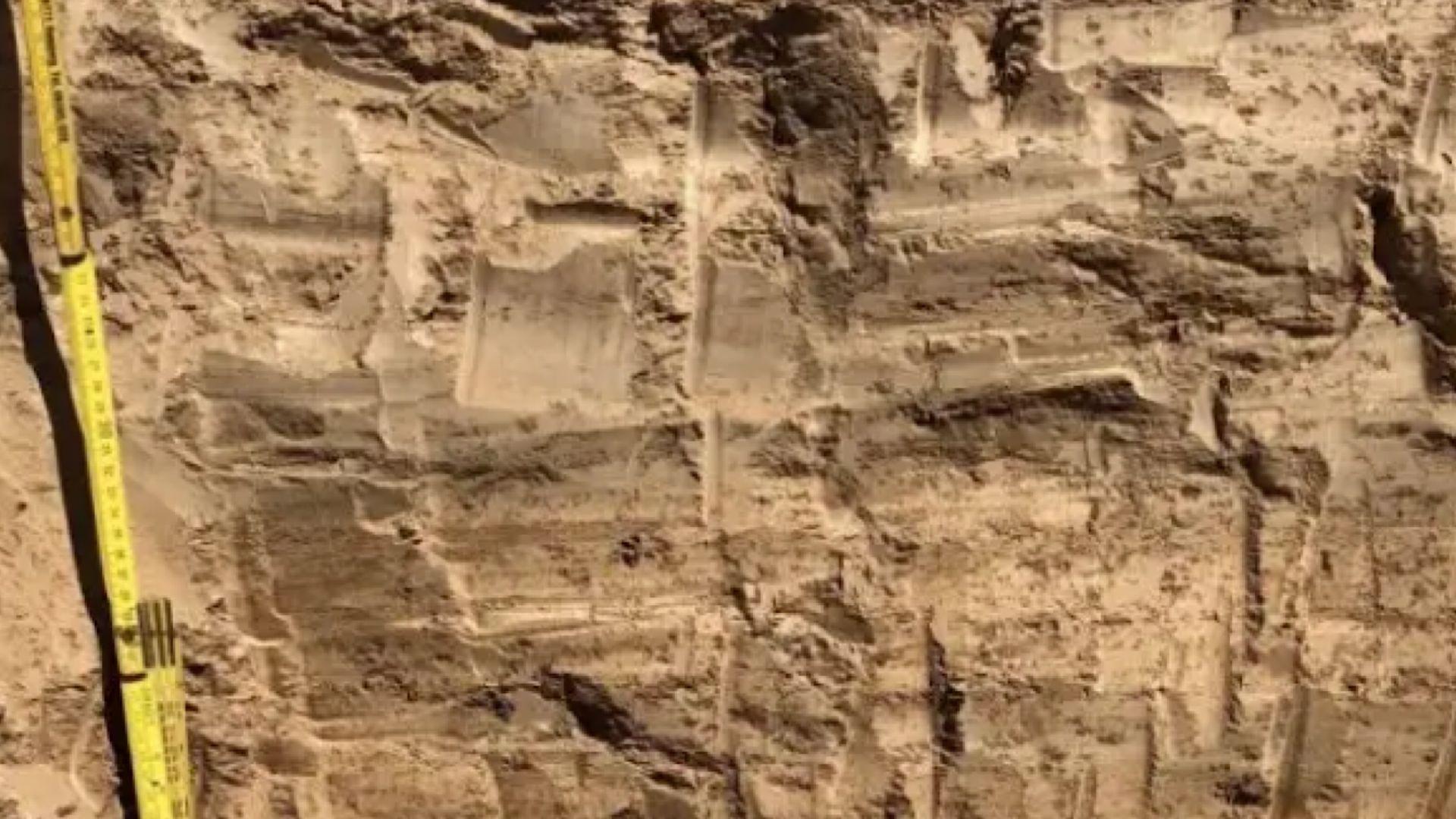
The microbial community discovered in the deep Atacama biosphere is primarily composed of two phyla: Firmicutes and Actinobacteria. Firmicutes, which dominated the upper 80 cm of playa sediments, are known for their resistance to high salt concentrations and ability to thrive in low-oxygen environments. These characteristics make them well-suited to the challenging conditions of the desert soil.
Below 200 cm, Actinobacteria became the prevalent group. This phylum is renowned for its adaptability to various harsh conditions, including Arctic environments and high-salinity habitats. The presence of these hardy microbes at such depths suggests a highly specialized ecosystem that has evolved to survive in one of Earth’s most extreme environments.
Survival Strategies: How Microbes Obtain Water from Mineral Gypsum
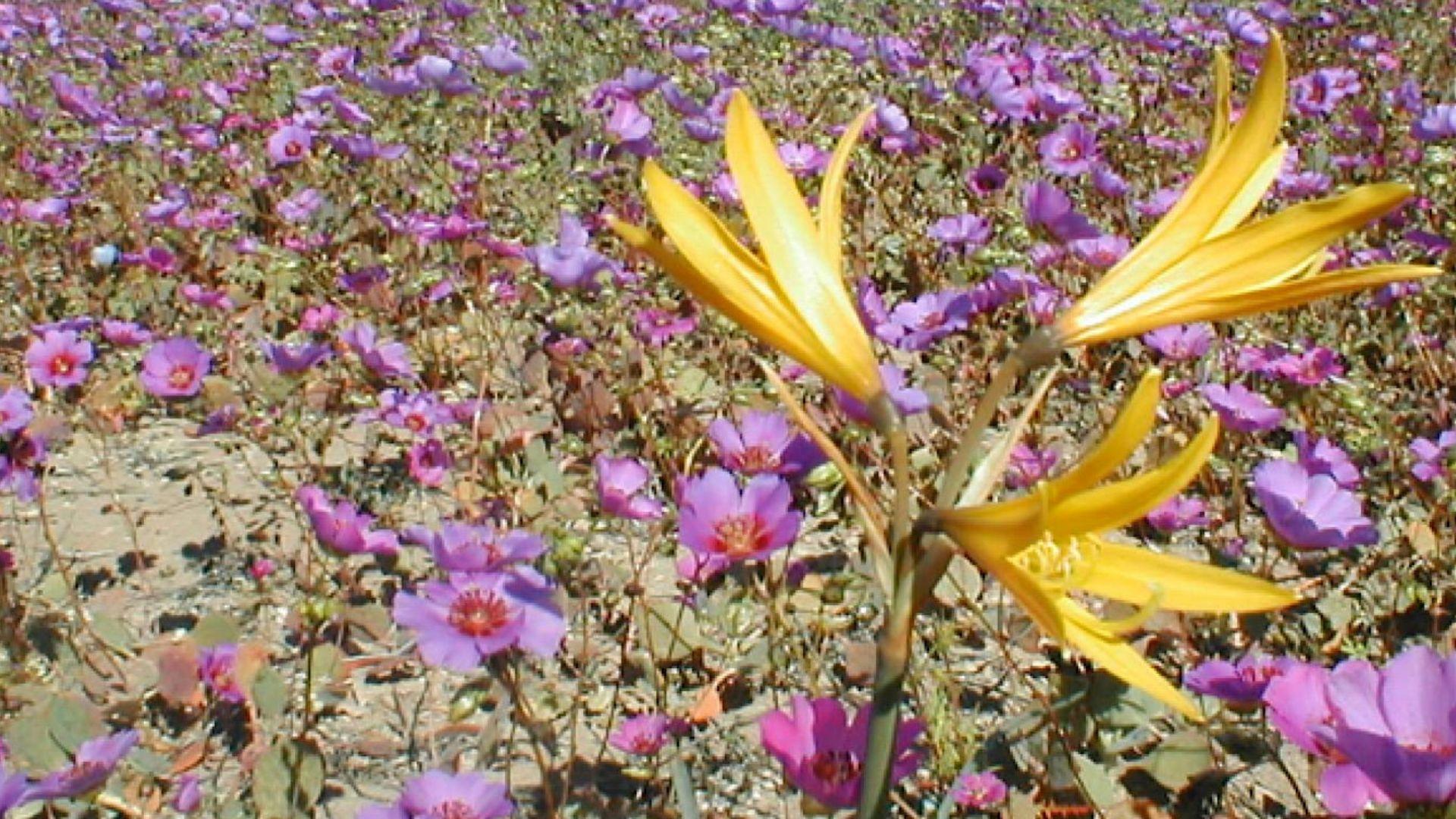
In the extremely arid environment of the deep Atacama Desert, microbes have developed ingenious strategies to survive. One key adaptation is their ability to extract water from mineral gypsum. Gypsum, a hydrated calcium sulfate mineral, contains water molecules within its crystal structure.
These resourceful microorganisms have likely evolved mechanisms to access this bound water, potentially through specialized enzymes or metabolic processes that can break down the mineral structure. By tapping into this hidden water source, the microbial communities can maintain their cellular functions and continue to thrive in an environment where free water is virtually non-existent. This remarkable adaptation demonstrates the incredible resilience and adaptability of life in extreme conditions.
The 19,000-Year-Old Community: Theories on the Origin and Longevity of the Deep Biosphere
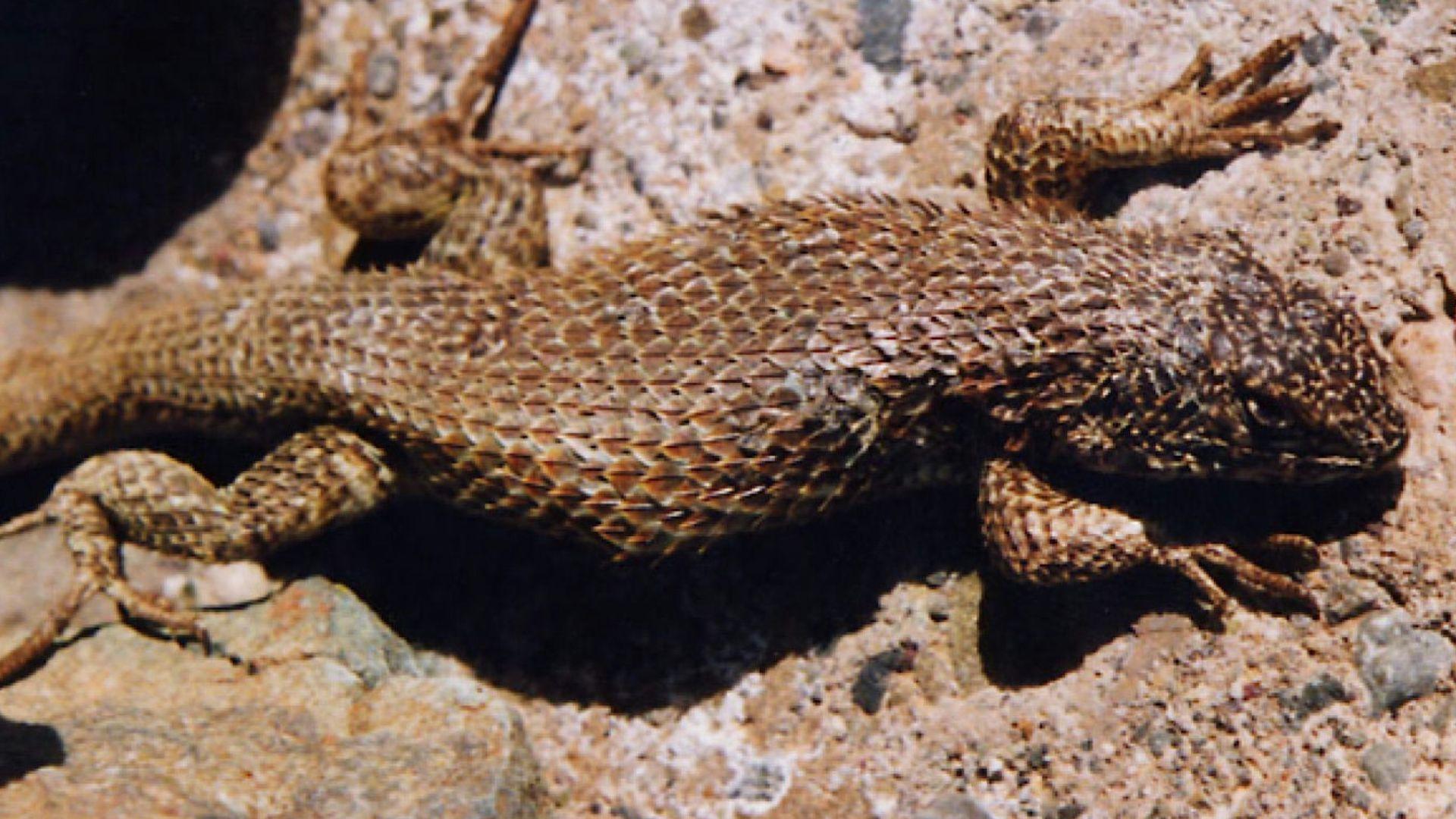
Researchers hypothesize that the microbial community discovered in the deep Atacama biosphere may have colonized the soil approximately 19,000 years ago. This theory suggests that these microorganisms established themselves in the region during a period when environmental conditions might have been more favorable, possibly during a brief wet phase in the desert’s history.
Over time, as the climate became increasingly arid, these microbial communities were gradually buried by accumulating playa deposits. Remarkably, instead of dying out, they adapted to their new subterranean environment. The longevity of this community raises intriguing questions about the mechanisms of microbial survival over geological timescales and the potential for similar long-lived ecosystems in other extreme environments on Earth and possibly beyond.
Implications for Astrobiology: What the Atacama Discovery Means for the Search for Life on Mars
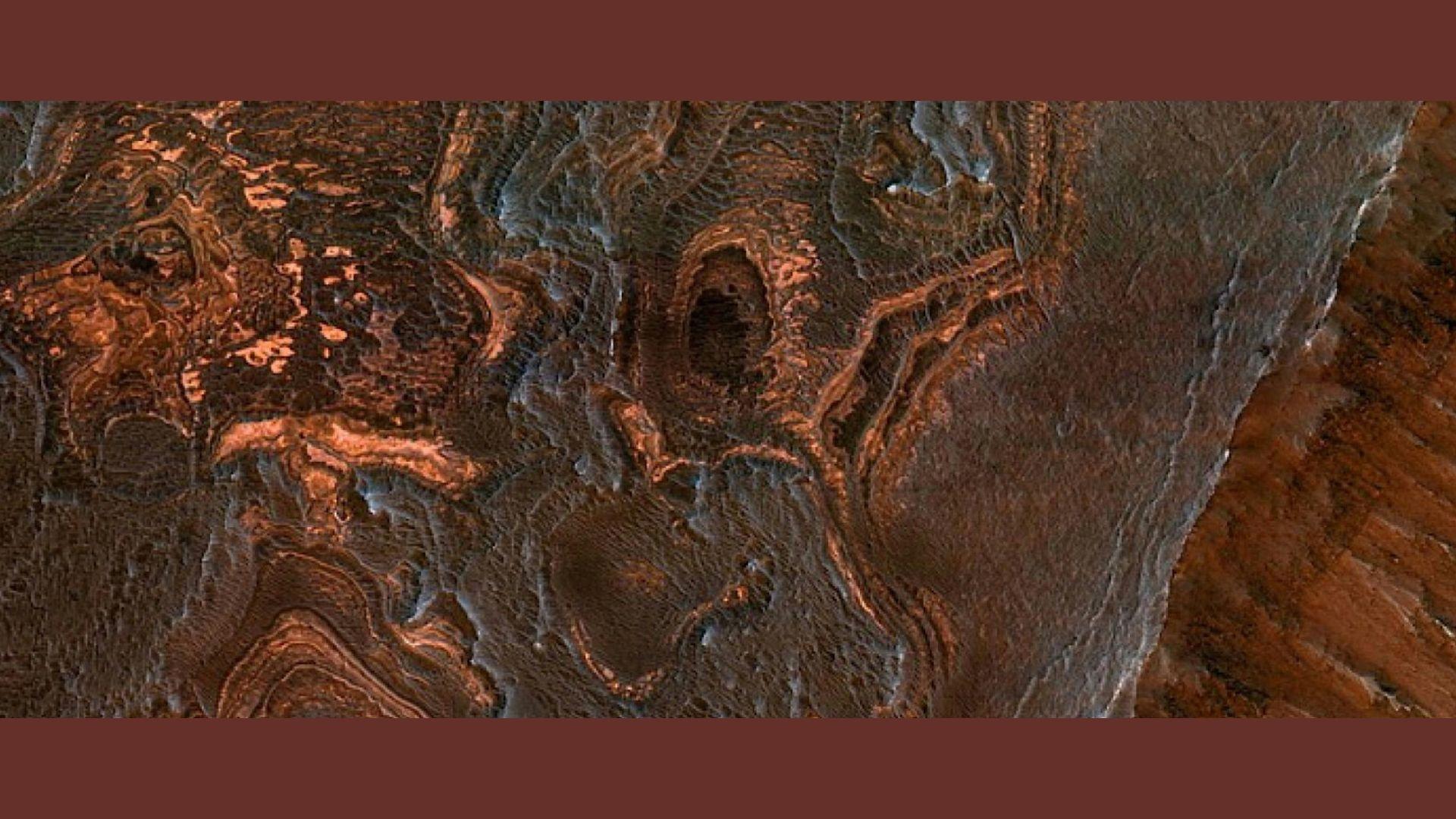
The discovery of a thriving microbial biosphere deep beneath the Atacama Desert has significant implications for astrobiology, particularly in the search for life on Mars. The Atacama’s surface conditions are often compared to those on Mars, making it an excellent terrestrial analog for studying potential Martian life.
The presence of gypsum deposits on Mars, similar to those found in the Atacama, suggests that if microbial life exists on the Red Planet, it might employ similar survival strategies. This discovery encourages astrobiologists to look beyond the Martian surface and consider the potential for subsurface life. It also highlights the importance of developing technologies capable of detecting and studying microbial life in extreme, low-biomass environments for future Mars exploration missions.
Future Research Directions: Exploring the Potential Extent of the Deep Desert Biosphere
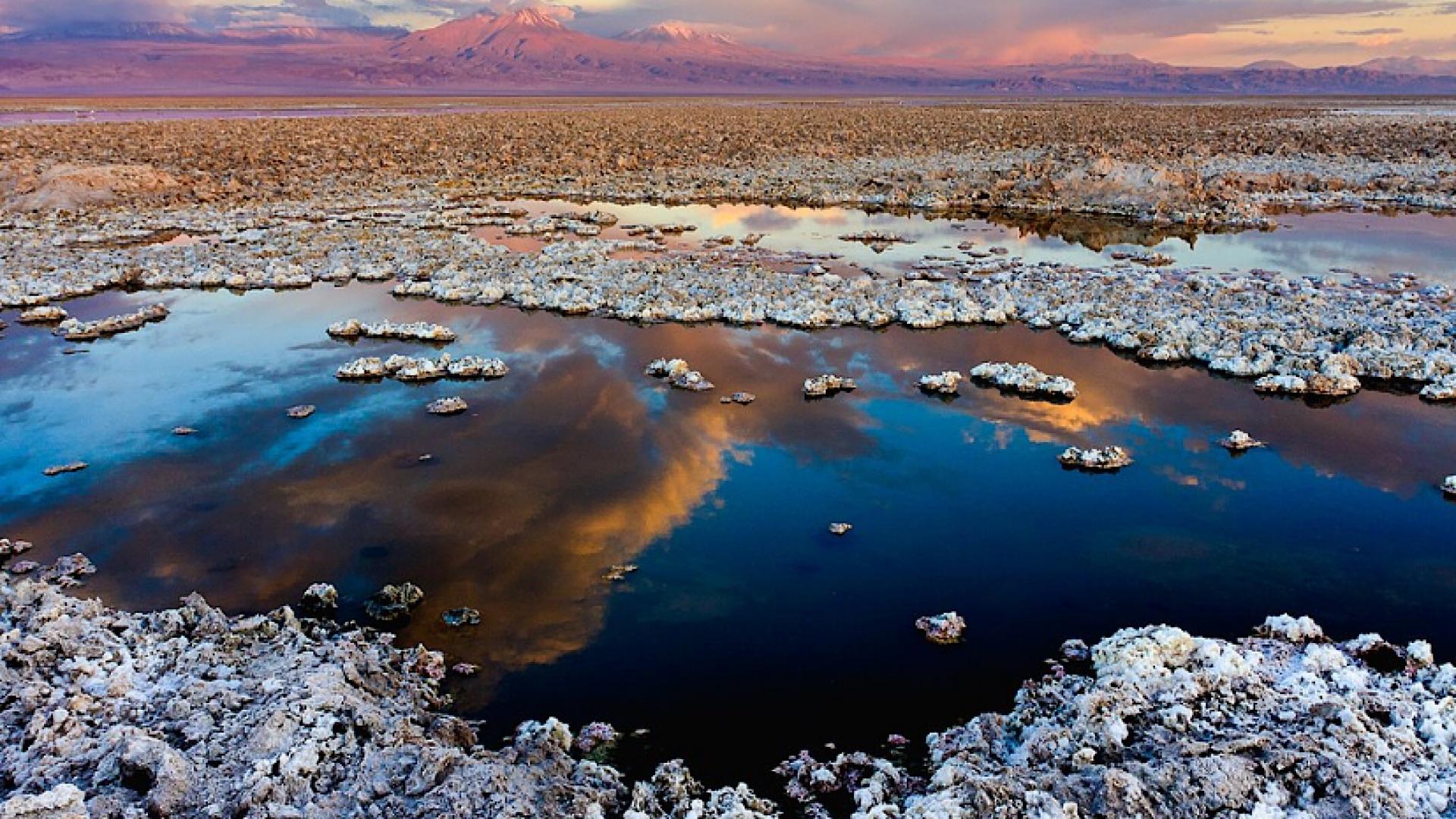
The groundbreaking discovery of microbial life at depths of 13 feet in the Atacama Desert opens up exciting new avenues for research. Scientists speculate that this biosphere could extend even deeper, potentially representing a vast, previously unknown ecosystem beneath the world’s driest desert soils.
Future research will likely focus on determining the full vertical extent of this microbial community and investigating whether similar deep biospheres exist in other arid regions around the world. Additionally, researchers may explore the genetic adaptations that allow these microbes to survive in such extreme conditions, potentially uncovering novel biochemical pathways and survival mechanisms. This research could have far-reaching implications for our understanding of life’s limits on Earth and the potential for life on other planets.

